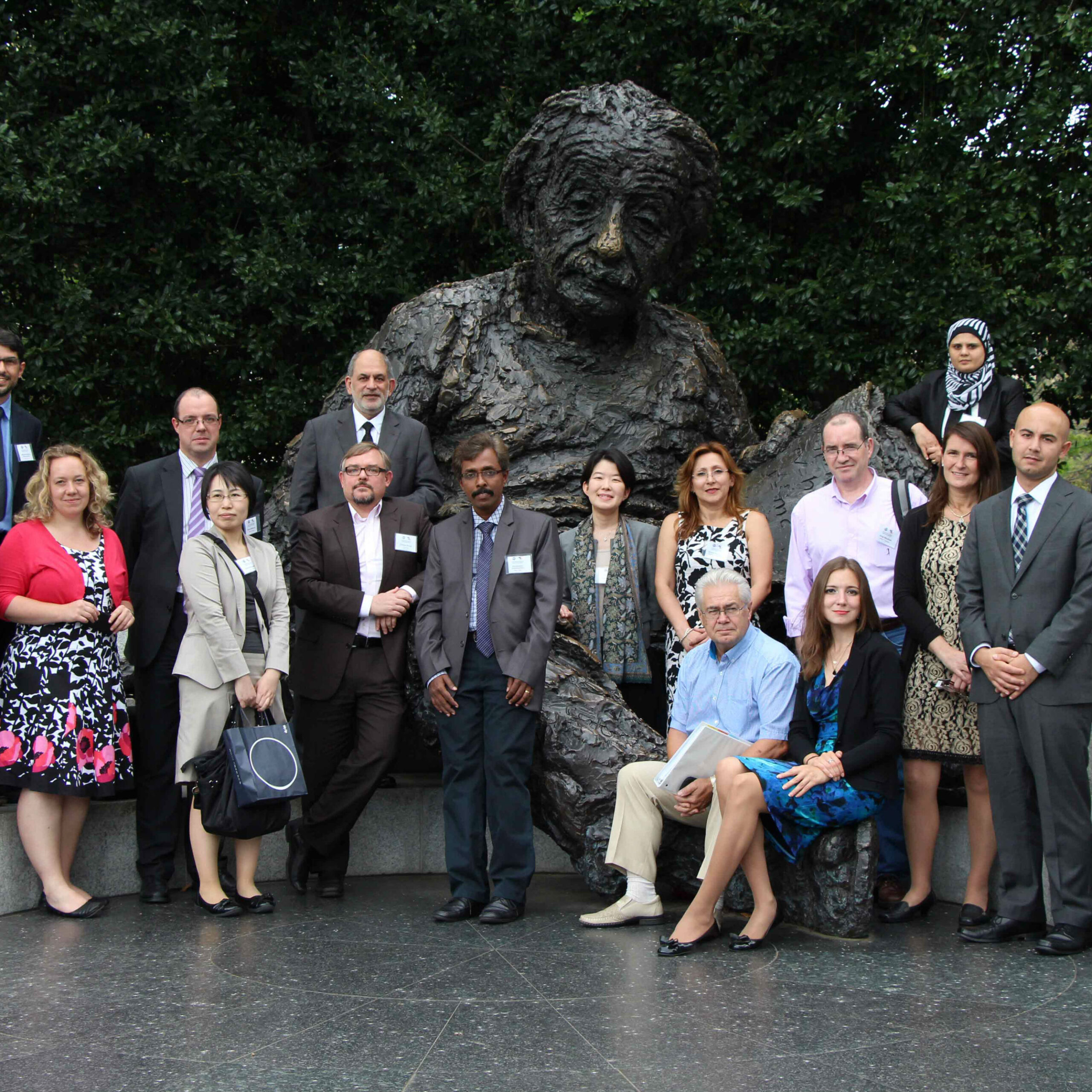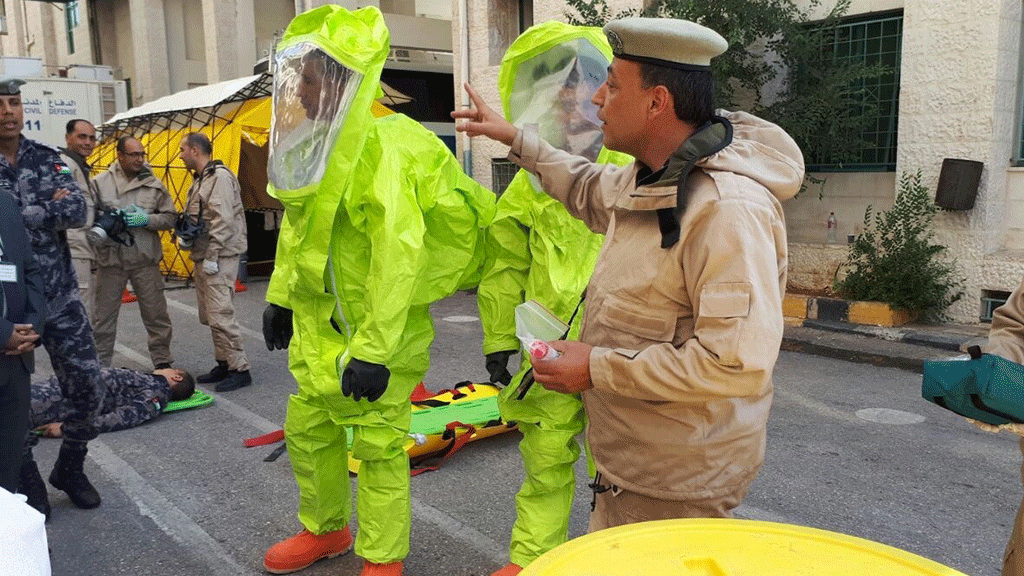Diplomacy for the Future: Only the Geekiest Will Survive

The last half century has witnessed a change in how diplomacy works. Diplomacy is no longer a playground for professional diplomats. Scientists are changing the game.
It has been long accepted that scientists and policymakers, by the nature of their work, speak a different language. Uncertainty and skepticism are intrinsic to science. A study can require months, years, even decades of investment and still provide uncertain outcomes. There are rarely 100 percent confidences and every fact can and should be questioned and challenged. On the other hand, the policymaker –oftentimes dealing with competing priorities- wants definitive answers and solutions to complicated problems, oftentimes in short time frames and looming election cycles. These solutions increasingly require the ability to engage other governments with, and through, science.
However valid the argument, the constant move towards globalization and the interconnected reality we live in today make this culture clash no longer acceptable. We live in a time that is marked by instant communication that drives breakneck speed change in science and technology. In this mercurial landscape, diplomacy and science need each other to prosper. Some of the biggest challenges we face, such as renewable energy, pandemic disease, and food security, have their roots and their eventual solutions based in science and technology. By its very nature, scientific collaboration requires connections, a better understanding of each other, trust and relationship building, transparency, open communication, and engagement. It values objective and evidence-based thinking and works to minimize prejudices and assumptions, which are all important attributes of good public-sector governance. Science should be an obvious tool for diplomacy with a prominent place in foreign policy yet only a very small fraction of career diplomats come from backgrounds in sciences. This is increasingly causing a culture barrier between these two communities that need to frequently engage each other to provide progress in both. Inclusion of scientists in government is a big step towards overcoming this disconnect and it seems foreign policy is finally catching up.
Recently, The National Academy of Sciences came out with their report “Diplomacy for the 21st Century: Embedding a Culture of Science and Technology Throughout the Department of State ”. In many ways, the report is a validation of the importance of science diplomacy. The report recognizes the increasingly harmful disconnect between the scientific community and the policymakers and calls for a culture shift in diplomatic efforts. One key recommendation is the elevation of the Science and Technology Advisor to the Secretary of State to an Assistant Secretary, which would allow the position to have more input in policy development and implementation of science and technology issues. It would also allow for the position to serve as a resource for improving links between the State Department and external organizations that can provide valuable insight on global science and technology developments.
As noted by Foreign Affairs, the report also calls for the establishment of a Science and Technology Advisory Board of independent experts to complement the existing International Security Advisory Board and to work on up and coming science and technology issues not directly related to defense, such as energy storage, infectious disease outbreaks, and developments in synthetic biology, among others. The report highlights the importance of translating the existing science and technology related assessments, observations and challenges reported by the scientific community to action-oriented recommendations for the policy makers and advising officials. Finally, the report urges to increase the number of science and technology counselors –Foreign Service Officers with expertise in science and technology related issues, language fluency and regional expertise- at embassies where science and technology issues are particularly important components of the bilateral relationship.
Other countries have been taking action as well. U.K. for instance, has launched the Science and Innovation Network (SIN) project in 2001 with the goal of increasing the scientific community’s participation in foreign policy. Since then, the project has expanded to 25 countries around the world through 40 British Embassies, including in U.S., Canada, China, Russia and most of Europe. SIN teams in these countries work to engage the scientific community -as well as any potential investors- and try to identify new opportunities for U.K. scientists, universities and technology companies.
Switzerland on the other hand, has established Swissnex – a science and technology embassy network that has offices in all the well-known “science capitals” around the world. Through Swissnex, Switzerland has created science and technology collaboration agreements with many countries including U.S., China, Russia, South Africa, Brazil, Chile, Japan and South Korea. Swissnex teams work to promote Switzerland as a science and technology leader around the world, while seeking to create collaborations between Swiss and host country universities, research institutes and industry.
Japan has long been one of the most active proponents of science diplomacy. In 2007, the Japanese government issued a proposal outlining the national policy on science diplomacy. Since then, the policy has grown and changed from just transferring technologies overseas to strategically using science and technology for diplomacy and leveraging diplomacy to help strengthen Japan’s science and technology infrastructure. One of the most notable of this new mission goals include an East Asia Science & Innovation Area initiative: an idea of open regional cooperation under which the nations collaborate in promoting cross-border flows of people, goods, and capital to enhance R&D efforts and collaborative research to address common issues in Asia .
Many of the challenges we face today cannot be contained within borders. We exist in a reality that is an attachment away from a computer virus that can bring down critical infrastructure and a plane ride away from a global epidemic. The solutions to these issues will require policymakers and scientists of these nations to work together and understand each other. The governments that evolve with the changes and integrate these critical science networks into their foreign policy now will be the ones most prepared for future emergencies.



